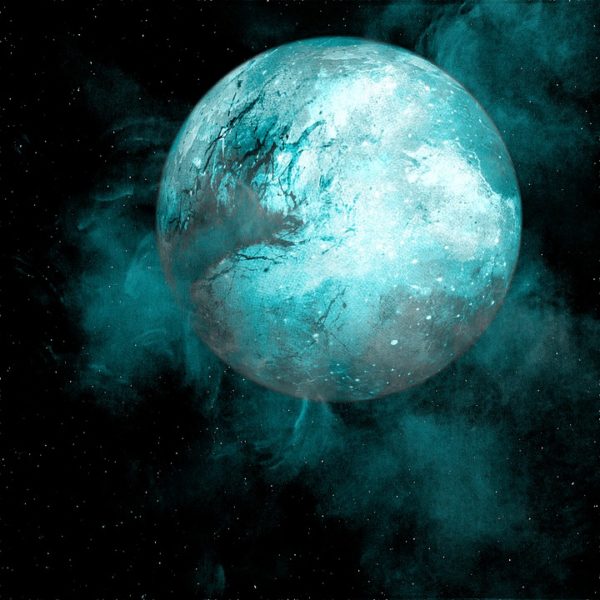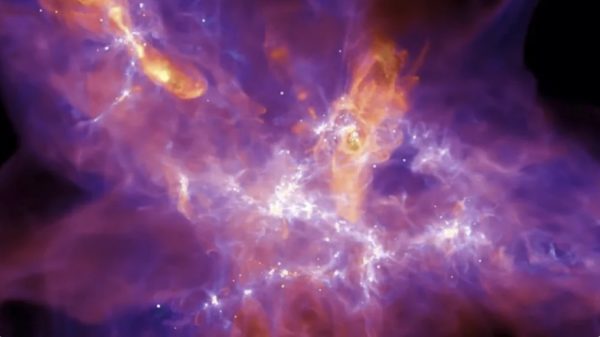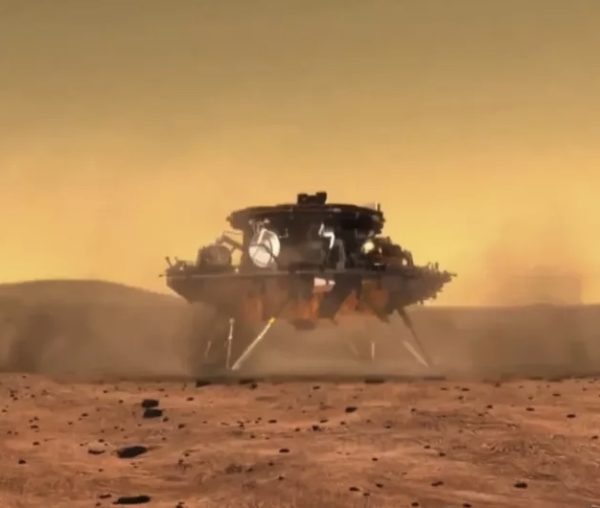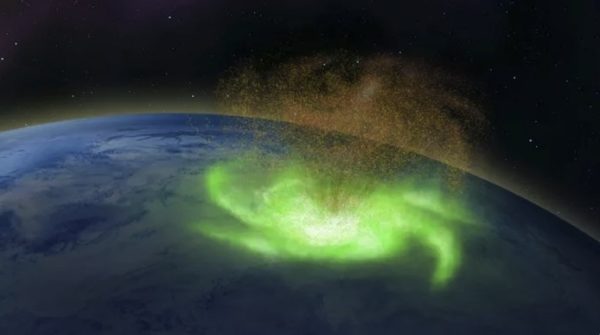ANNOUNCEMENT: Entity – Toshi Drake
QSFer Toshi Drake has a new gay sci-fi book out: Entity. Lieutenant Michael Collins’s week just went to hell. The suspicious actions of his captain escalates as he orders Michael to investigate a dead ship’s heart—the cephalopods that pilot the star drive system. The mission forces Michael from the safety of his ship and his lover, Commander Eizen Sartris, while straining the bond with his own ship’s heart, Padua. Attacked by Siwu pirates, Michael finds refuge on a damaged alien vessel, where he waits for Eizen to rescue him. But in the dark cold wreckage, he discovers a thriving garden … Read more












